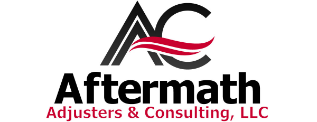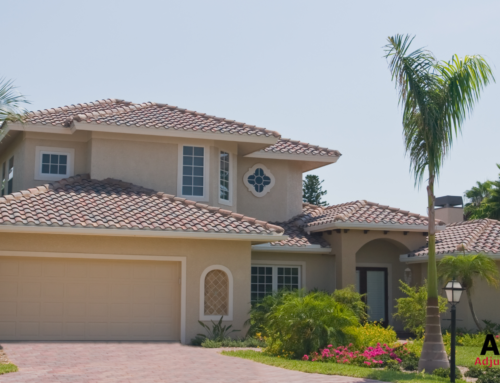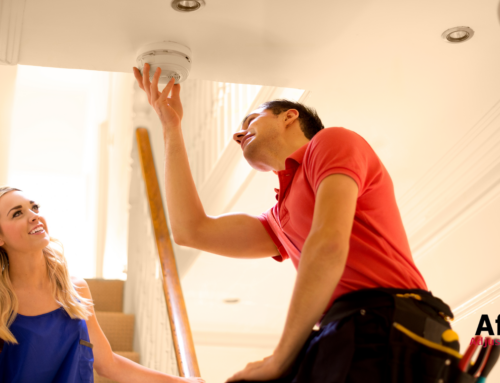After a hurricane, you may note damage to your home. This can be due to heavy rains, flying debris, high winds, and flooding. One area of your home that is often the hardest hit is your roof. Here are a few things you should know about hurricane roof damage.
What Causes Roof Damage
There are many different ways your roof can become damaged in a hurricane or strong tropical storm. Let’s look at a few of them:
- Strong winds tear off shingles or roofing tiles
- Airborne debris lands on the roof
- A tree topples onto your roof
- A large branch falls on the roof
Roof damage can be quite extensive, often requiring homeowners to live elsewhere until the repairs have been completed.
Difficulty of Assessing Roof Damage
As you can imagine, roof damage leads to other damage, specifically water damage. During the hurricane, rainwater will have the ability to come directly into your home. After the hurricane, even when you have tarped or boarded any large holes, there may be leaks around the patch. There may also be smaller leaks from missing or dislocated shingles. If not caught quickly, this can lead to water damage and mold issues.
Even if your roof has no visible leaks, it may have sustained hail damage during the storm. Hail damage isn’t always easy to spot. However, hail leads to a loss of mineral granules on the roof’s surface. This causes the roof to age faster than it should.
Unfortunately, many insurance adjusters only look at the main roof damage. Unless they are specifically looking for unseen water damage, the problem is left unchecked. Homeowners often find themselves with water problems months down the road when they have already closed their insurance claim.
Be sure that the adjuster looks at key areas for roof damage:
- Roof cover: These are the roofing materials such as shingles, tiles, and asphalt. The adjuster should look for cracks, loose or broken shingles, buckling, and blistering.
- Roof penetrations: This includes gaps, missing sealant, and holes in the roof as well as the corners and valleys.
- Ridge and Off-Ridge Vents: These need to be tight and properly sealed.
- Leaks: Look for signs of leaks both inside and outside. These include water stains, cracked paint on walls and ceiling, and peeling wallpaper.
Why You Need a Public Adjuster for Roof Damage
You need a public adjuster for hurricane roof damage because they work for you rather than the insurance company. Because they are your advocate, they will do everything they can to assess the damage accurately and get you the payout to repair all the roof and ensuing water issues.
A public adjuster has the knowledge to:
- Document all the issues in a comprehensive manner
- Complete complicated damage assessments
- Understand complex insurance policies and regulations
- Offer guidance and support to homeowners
- Avoid making incorrect assumptions about roof damage
- Accurately value your home
- Establish links between the roof damage and hurricane activity
- Negotiate with your insurance carrier to get you the payout needed to cover your home repairs
- Reopen claims that were denied or filed incorrectly
- Help with additional living expenses (ALE) payments from your insurer
- Estimate repair costs with the appropriate documentation
- Speed the process along to keep your insurance company from delaying payment
If you experience roof damage during a hurricane, call Aftermath Adjusters & Consulting immediately. We’ll send out a licensed adjuster who can accurately assess your damage and prepare the documentation needed by your insurer. You can feel confident that our negotiations will help you get the highest payout possible for your roof damage. Don’t delay. Contact us today at (954) 329-2456.









